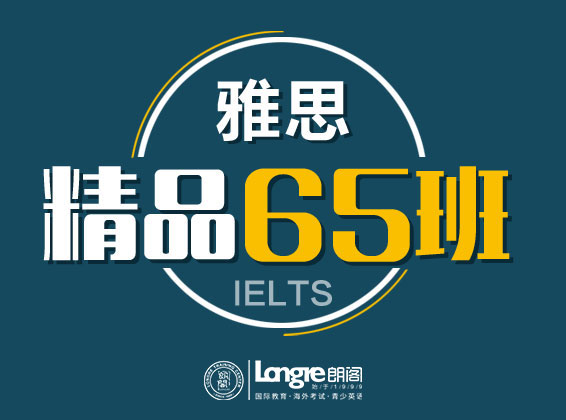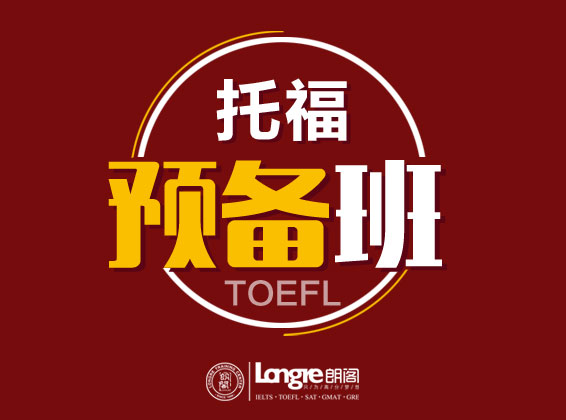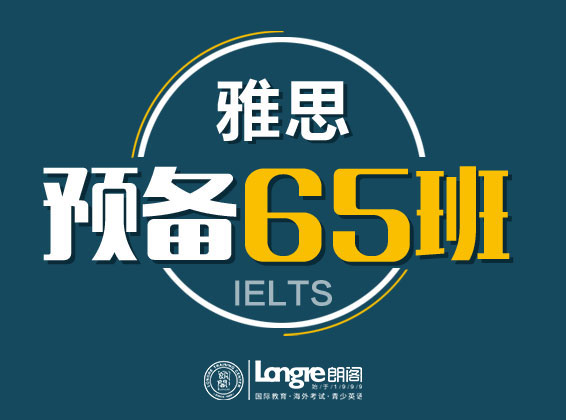|
TN-16-Q11 Criminologist: Some legislators advocate mandating a sentence of life in prison for anyone who, having twice served sentences for serious crimes, is subsequently convicted of a third serious crime. These legislators argue that such a policy would reduce crime dramatically, since it would take people with a proven tendency to commit crimes off the streets permanently. What this reasoning overlooks, however, is that people old enough to have served two prison sentences for serious crimes rarely commit more than one subsequent crime. Filling our prisons with such individuals would have exactly the opposite of the desired effect, since it would limit our ability to incarcerate younger criminals, who commit a far greater proportion of serious crimes. In the argument as a whole, the two boldfaced portions play which of the following roles? 先梳理題目: (1)一些立法者覺得應該讓那些兩次犯重罪,隨后又犯重罪的罪犯終身監(jiān)禁,他們認為這樣可以顯著減少犯罪(個黑體部分),因為這可以使那些有犯罪傾向的人永遠遠離街市。 (2)這個觀點忽略了這樣的情況:那些在監(jiān)獄待了兩期重判的家伙已經(jīng)老得幾乎不能再次犯罪,讓這些人待在監(jiān)獄里會削弱監(jiān)獄收治年輕罪犯的能力,而年輕罪犯犯下重罪的比率要大得多了。 結(jié)論:讓那些老得幾乎無法犯罪的家伙充斥監(jiān)獄可能會收到與立法者的期望恰得其反的效果(第二個黑體部分)。 這里我再標注一下(Statement 原因 結(jié)論 標志詞): Criminologist: Some legislators advocate mandating a sentence of life in prison for anyone who, having twice served sentences for serious crimes, is subsequently convicted of a third serious crime. These legislators argue that such a policy would reduce crime dramatically, since it would take people with a proven tendency to commit crimes off the streets permanently. What this reasoning overlooks, however, is that people old enough to have served two prison sentences for serious crimes rarely commit more than one subsequent crime. Filling our prisons with such individuals would have exactly the opposite of the desired effect, since it would limit our ability to incarcerate younger criminals, who commit a far greater proportion of serious crimes. 因此,本題的結(jié)構(gòu)是:立法者提出觀點---立法者的結(jié)論----立法者的理由---作者對立法者的觀點提出反對----作者的結(jié)論---作者的理由。因 此我們很容易得出個黑體部分是立法者的結(jié)論,也就是這個argument要反對的結(jié)論;第二個黑體部分是這個argument的主要結(jié)論。將這個邏輯 鏈條梳理出來之后,我們可以發(fā)現(xiàn)正確答案為B。 A. The first is a conclusion that the argument as a whole seeks to refute; the second is a claim that has been advanced in support of that conclusion. B. The first is a conclusion that the argument as a whole seeks to refute; the second is the main conclusion of the argument. C. The first is the main conclusion of the argument; the second is an objection that has been raised against that conclusion. D. The first is the main conclusion of the argument; the second is a prediction made on the basis of that conclusion. E. The first is a generalization about the likely effect of a policy under consideration in the argument; the second points out a group of exceptional cases to which that generalization does not apply. (責任編輯:admin) |
文中圖片素材來源網(wǎng)絡(luò),如有侵權(quán)請聯(lián)系刪除







